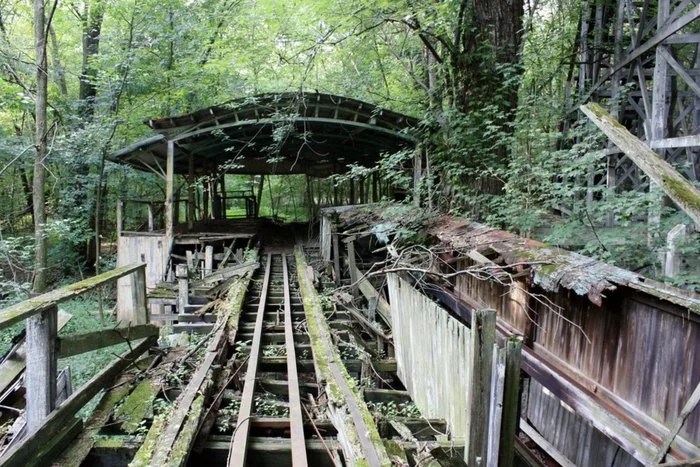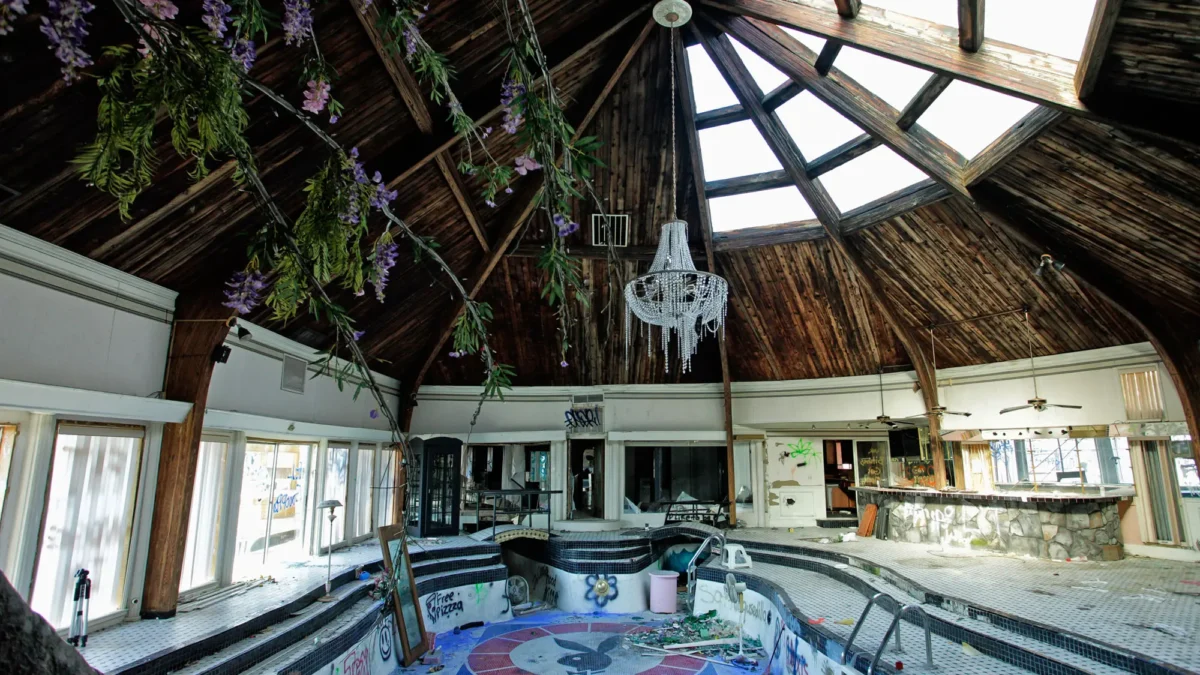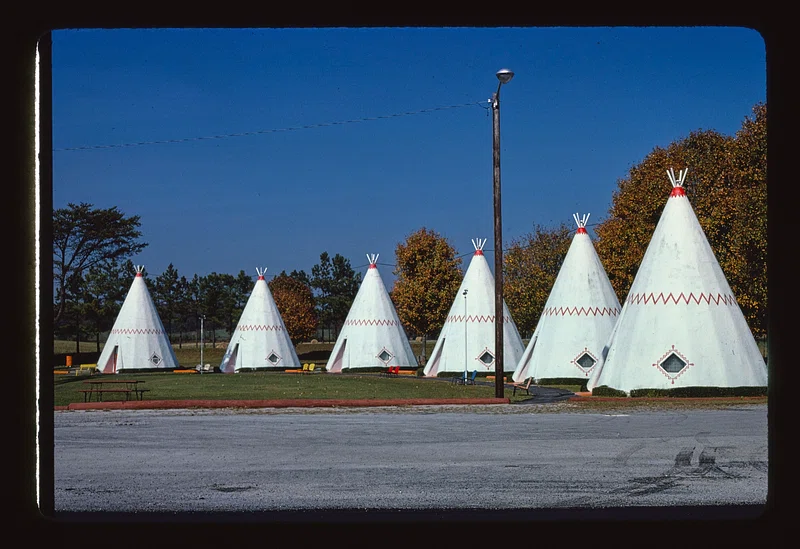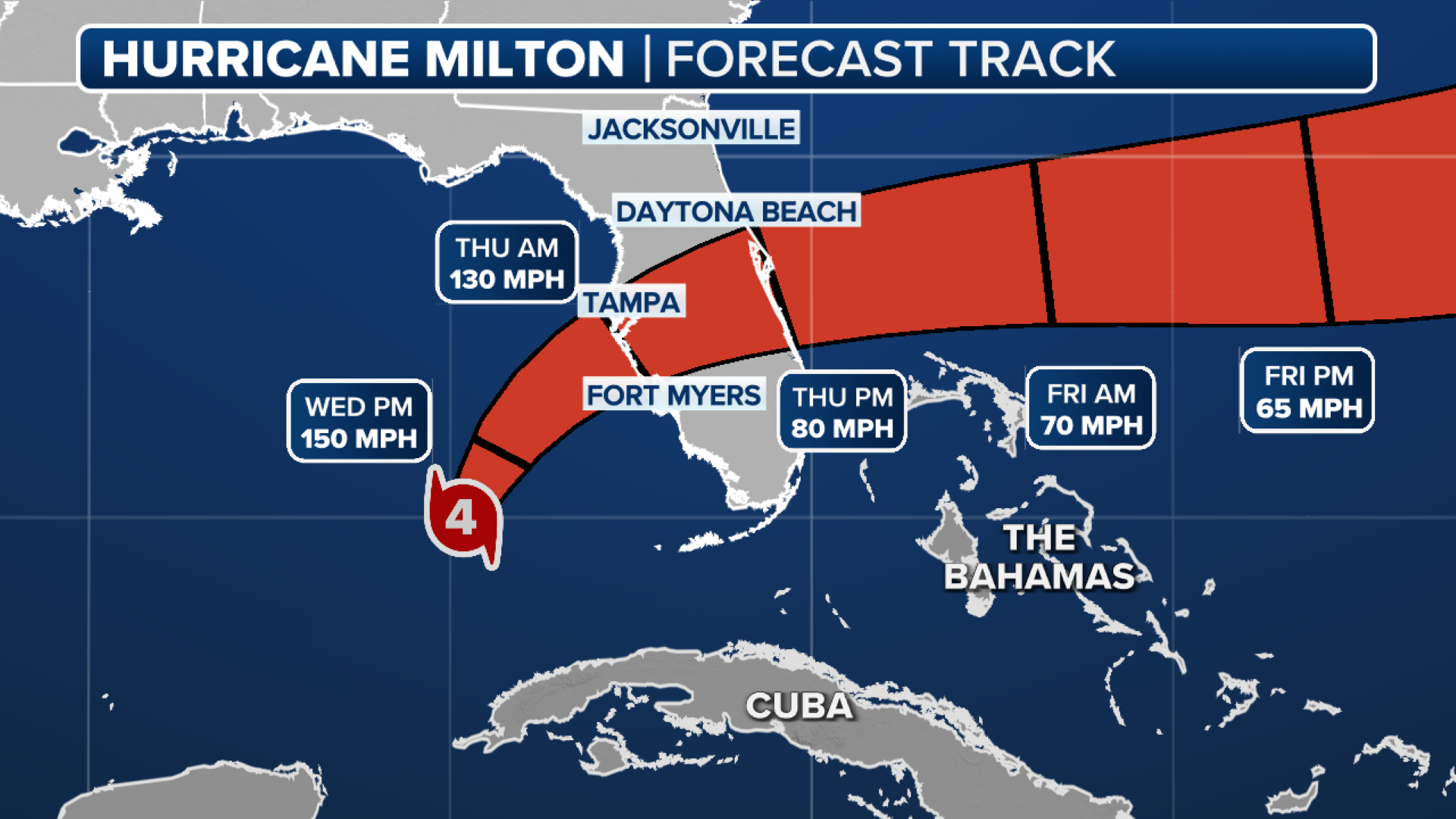
Do you wish to comprehend and revel in the enigmatic beauty and majestic grace that may be found in some of the most peculiar locations on the face of the Earth?
If there is a name for excitement, it’s got to be Indiana Jones. Most people agree that Henry Jones Jr. is one of the most well-liked fictional characters. A wonderful blend of exciting journeys that have brought good Indiana Jones worldwide includes adventure, romance, paranormal science fiction, and some of the most breathtaking sites on Earth.
Join us on an exciting journey through some of the top destinations you can visit during your holiday that look like they came straight out of the Indiana Jones movies. Then you should prepare your whip, and do not forget to wear your hat. Remember, It should be marked with an X!
We are willing to bet that you will be frantically updating your bucket list now. You will be amazed when you read about strange locations worldwide that are impossible to believe.
We will learn more about the strangest places that have ever existed in human history. In a nutshell, you will be overcome with feelings such as shock, astonishment, and surprise, the complete range of human emotions.
The Catacombs of Paris – France
The Catacombs of Paris are a network of tunnels and caves that stretch for miles underneath the city. The bones of some six million people are thought to be entombed here, making it one of the largest cemeteries in the world.
Visitors can descend into the depths of the catacombs through a staircase in the Municipal Ossuary, where they can see walls lined with skulls and bones. A walk through the tunnels is an eerie experience, as many are only two feet high and very narrow.
The ossuary remained mostly forgotten until the early 19th century, when it became a novelty place for concerts and other private events. After additional repairs and installing accesses around Place Denfert-Rochereau, it became open to the public for visits beginning in 1874.
Since 2013, Paris Musées has managed all fourteen of the City of Paris Museums. One of those museums is the Catacombs. Even though the ossuary makes up only a small portion of the Paris underground mines, locals in Paris frequently refer to the entire tube network as the catacombs.
Petra – Jordan
The ancient city of Petra in Jordan was considered “lost” to the Western world for hundreds of years, although it had been carved straight into the brilliant red, white, pink, and sandstone cliff sides.
Petra was once a thriving trading center. It was also the capital of the Nabataean empire between the years 400 B.C. and A.D. 106. It is located amid rugged desert canyons and mountains in what is now the southwestern corner of the Hashemite Kingdom of Jordan. Petra has been designated as a UNESCO World Heritage Site.
For centuries, the city was deserted and in a state of near-total disrepair. It wasn’t until the early 1800s that a European visitor first entered the mystery location, disguising himself as a Bedouin and acting as if he belonged there.
The enormous Treasury, the centerpiece of Jordan’s ancient Nabataean city of Petra, was selected by George Lucas to serve as the exterior of The Temple of the Sun in the film Indiana Jones and the Last Crusade almost thirty years ago.
Petra was the location in the movie where Indiana Jones was supposed to uncover the Holy Grail. We can all remember being stunned as children by the splendor and majesty of the environment that we were in. Since then, every one of us has entertained fantasies about going there.
The Island of the Dolls – Mexico
The Island of the Dolls, or Isla de las Munecas, is a small island located in Xochimilco, Mexico. The island is covered in dolls and other creepy objects. This one is definitely not a UNESCO world heritage site! It is said that this island is haunted by the spirit of a young girl who died there. Visitors to the island can take a boat ride through the canals to see the dolls, and many say that the experience is incredibly frightening.
The island is home to hundreds of dolls, many of which are hanging from the trees. The dolls are said to be cursed, and their presence on the island is said to protect the people who live there.
The history of the Island of the Dolls is a bit of a mystery. No one knows exactly when or why the dolls were first brought to the island. Some say they were left there by a woman who died on the island.
Others say that they were placed there by a man looking for a way to protect his daughter from evil spirits. Whatever the case, the dolls have been on the island for many years and show no signs of going anywhere anytime soon.
The Great Blue Hole – Belize
The Great Blue Hole is a large, deep underwater sinkhole off the coast of Belize. It is a place of natural beauty and one of the world’s most popular scuba diving sites. The hole is circular, almost 124 meters (400 ft) across, and 125 meters (410 ft) deep.
The Great Blue Hole was formed during the last ice age when sea levels were much lower than they are today. As the ice age ended and sea levels started to rise, the cave was gradually submerged. The hole is a popular destination for divers because of its size and depth and the many stalactites and stalagmites that have formed in it over time.
Divers will notice a fascinating shift in the types of geological structures they see as they descend into the Belize Blue Hole. The Belize Blue Hole is less a “color” dive than an opportunity to explore unique geological formations. It is also home to strange locals, such as the occasional blacktip tiger, bull, or hammerhead shark. The shallower parts of the Belize Blue Hole are home to many thriving coral communities, including elkhorn and brain corals, amongst many others.
From that vantage point, scuba divers can explore overhangs or navigate around enormous stalagmites while enjoying good visibility down to approximately 200 feet. At greater depths, the lower light levels create a gothic mood; yet, experienced divers can descend to a depth of approximately 82 meters (about 270 feet) to explore underwater dunes and bedrock ledges in this area.
Chichen Itza, Mexico
Chichen Itza is a large pre-Columbian city built by the Maya people of the Terminal Classic period. The archaeological site is located in Tinúm Municipality, Yucatán State, Mexico. The site covers an area of 4 square kilometers and includes the Temple of Kukulcan, a pyramid notable for its size, and several temples.
The Maya civilization began around 2600 BC and reached its height in the 8th century A.D. The city was one of the Maya’s largest and most important cities. It was a major center for politics, economy, religion, and culture. The city declined in the 10th century A.D. but was revived in the 12th century. It was abandoned by the end of the 13th century.
You have probably already heard that Chichen Itza is stunning and wonderful and features many Mayan ruins that visitors can explore to learn more about the region’s past.
There are 26 Mayan Ruins to explore at the Mayan Site of Chichen Itza, which comprises two sections: Old Chichen and Chichen Itza. The Old Chichen section features six Mayan ruins, while the Chichen Itza section, also known as New Chichen or Chichen Itza, features approximately twenty Mayan ruins.
Although the Pyramid of Chichen Itza, also known as El Castillo, is the most well-known Mayan ruin, others are just as significant, such as El Caracol, also known as the Observatory, the Temple of the Warriors, and the Mayan Ball Game.
Stonehenge, England
Stonehenge is a prehistoric monument located in Wiltshire, England. It consists of a ring of standing stones. Each stone is around 13 feet (4.0 m) high and 7 feet (2.1 m) wide. The weight of each stone is around 25 tons. The stones are set within earthworks in the middle of England’s most dense complex of Neolithic and Bronze Age monuments, including several hundred burial mounds.
Archaeologists believe that it was built anywhere between 3000 BC to 2000 B.C. The surrounding circular earth bank and ditch, which constitute the earliest phase of the monument, have been dated to about 3100 BC. Although it is unknown how or why these stones were erected, they were believed to have some religious or ceremonial purpose.
Stonehenge is now one of the most well-known archaeological sites and is visited by millions yearly.
Easter Island, Chile
Easter Island is also known as Rapa Nui. It is a small island in the southeastern Pacific Ocean. It is famous for its huge stone statues, called moai, which the island’s indigenous people built.
The statues range in height from 2 to 10 meters (6 to 33 feet) and weigh up to 86 tons. There are about 1,000 moai on the island, and they are thought to have been carved between 1250 and 1500 CE.
Easter Island is one of the most isolated places in the world. It is more than 3,500 kilometers (2,200 miles) from the nearest inhabited land (Chile) and over 2,000 kilometers (1,200 miles) from the nearest town (Tahiti).
The isolation of Easter Island has led to many mysteries about its history and culture. For example, how did the ancient people of Easter Island build such huge statues? And why did they stop making them?
Conclusion
There are so many amazing and strange places to visit, and this list only scratches the surface. There’s something out there for everyone, from unique natural formations to man-made oddities.
So, if you’re looking for somewhere new and different to travel to, consider one of these six strange places worldwide.
Join us next week as we check out a black rock desert, sandstone rock formations and a prehistoric lake.












